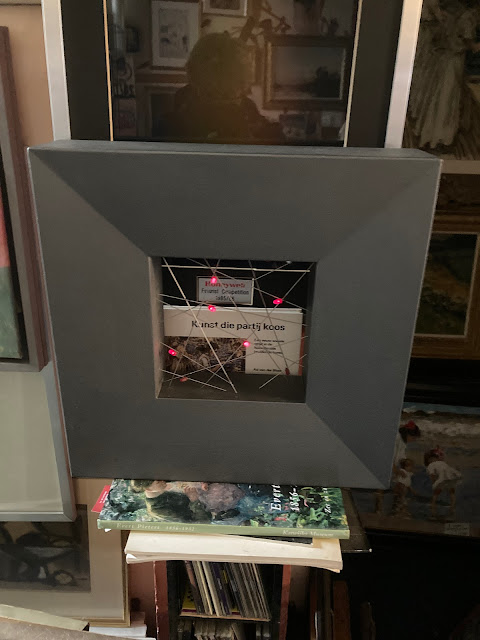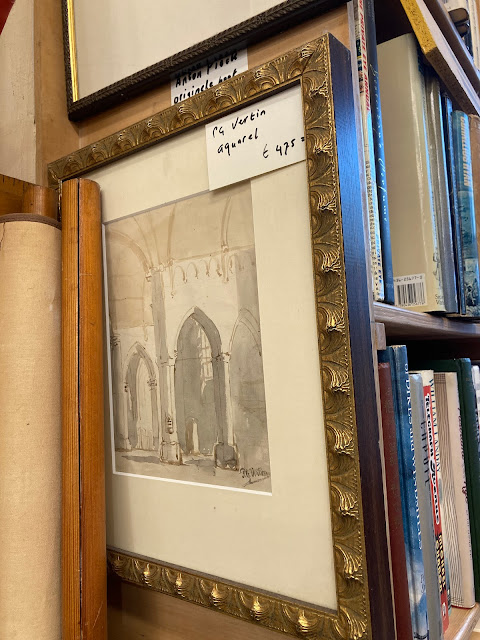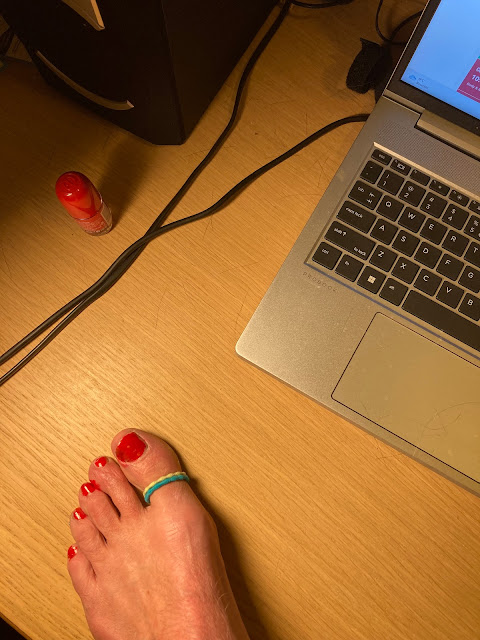Art by Steve Beck,
NASA’s incredible new solid-state battery pushes the boundaries of energy storage: ‘This could revolutionize air travel’
Airplanes require a lot of fuel to get and stay in the air. While flying, they release a wide variety of harmful pollutants into the air. The Environmental Protection Agency estimates that commercial air travel accounts for 10% of U.S. transportation emissions and 3% of the nation’s total greenhouse gas emissions.
Electric airplanes do exist, but they’re not widely used. They can’t fly as fast or for as long as planes powered with traditional combustion engines. The unfortunate fact is that electric batteries just aren’t as “energy dense” — they don’t store as much per-pound energy — as gas. A plane would require a battery with an energy density of around 800 watt-hours per kilogram (about 363 watt-hours per pound) to get off the ground. Until recently, the strongest batteries had an energy density of only 250 watt-hours per kilogram (about 113 watt-hours per pound).
Most of today’s electric vehicles use lithium-ion batteries, the same kind of batteries that power most phones and laptops. Lithium-ion batteries have a high power-to-weight ratio and can withstand high temperatures, but they still can’t provide larger airplanes with the energy they need to get off the ground or to go very far. In addition, lithium-ion batteries are made with flammable materials, posing a risk to aircraft should they malfunction.
For years now, NASA’s Solid-state Architecture Batteries for Enhanced Rechargability and Safety (SABERS) project has been working on developing a battery with the power and efficiency to power an aircraft. Solid-state batteries are rechargeable batteries that maintain their solid structure even when damaged, eliminating the risk of fire.
NASA’s new sulfur selenium prototype battery is not only safer than lithium-ion batteries, but more powerful. As CleanTechnica reports, the prototype has an energy density of 500 watt-hours per kilogram (about 227 watt-hours per pound) — double the energy density of conventional lithium-ion batteries.
Airplanes require a lot of energy. Even if a battery can store the energy an airplane requires, it must be able to discharge that energy quickly enough to allow liftoff. NASA’s sulfur selenium battery discharges its energy 10 times faster than other solid-state batteries, per CleanTechnica. This energy release can cause temperatures to spike, but the researchers found the sulfur selenium battery could withstand temperatures twice as hot as those lithium-ion batteries can withstand.
The team also made their batteries 40% lighter than they were before research started. Smaller batteries can mean more batteries, and therefore more fuel can fit on one plane, improving the fuel capacities of electric airplanes.
“We’re starting to approach this new frontier of battery research that could do so much more than lithium-ion batteries can,” Rocco Viggiano, principal investigator for SABERS at NASA’s Glenn Research Center in Cleveland, said in a press release last year. “The possibilities are pretty incredible.”
It will be a long time before we see these batteries powering planes. Solid-state batteries are costly to produce, and any new airplane component to be used on commercial flights must undergo rigorous testing before approval. Still, this advancement is an exciting development in energy storage that could revolutionize air travel in the future.
Join our free newsletter for weekly updates on the coolest innovations improving our lives and saving our planet.





































Geen opmerkingen:
Een reactie posten